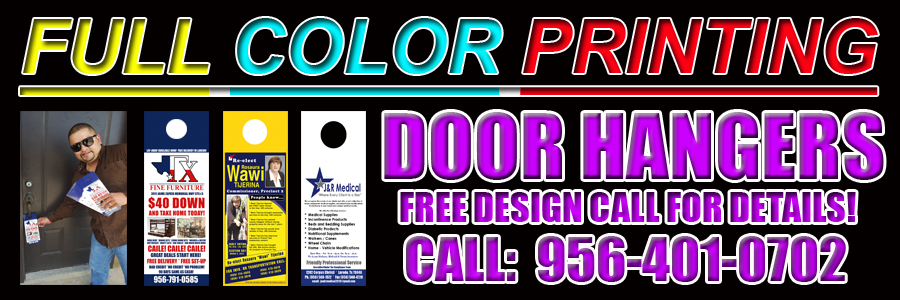Emergency Communication Moves more Toward Social Media Venue
Written by Post Public Information Representative, Jun 2, 2011, 0 Comments
AUSTIN—Hurricane season has arrived along with a flurry of activity around the state—government agencies, volunteer groups and private sector partners, all getting ready for the next big storm. The Texas Department of Transportation (TxDOT) plays a critical role in storm education, evacuation and recovery. So each year, along with its hundreds of partners, the department begins, months ahead of time, preparing for the possibility of seasonal storms.
At the top of the preparation list is evaluating the agency’s communications efforts.
This year the emphasis is on social media. Building on an already effective program, TxDOT will expand its social media reach even more to communicate hurricane information faster and more efficiently.
The agency entered the world of social media in early 2009 with Twitter and Facebook applications. Two years later, TxDOT has 5,466 Twitter followers and more than 4,000 Facebook fans. The numbers grow hourly.
“Social media is the future of communications,” explained Amadeo Saenz, TxDOT executive director. “If the last few years have taught us anything, it’s that social media is an effective way to reach thousands of Texas citizens.”
TxDOT relies on Twitter and Facebook to communicate storm preparedness and highway conditions information to social media users. This season, each tweet will carry a specific storm-related hashtag to provide an easy way to catalog all the tweets and allow all Twitter users to quickly find hurricane information.
Locate all TxDOT Twitter feeds at http://www.txdot.gov/news/twitter_feeds.htm and TxDOT’s Facebook page at www.facebook.com/TxDOT.
Other steps the agency takes each year to prepare for the storm season include:
- Reviewing emergency management plans and training personnel on emergency traffic control measures, debris removal and other recovery procedures.
- Participating in regional and statewide emergency drills with other agencies and local jurisdictions.
- Identifying and preparing facilities and equipment needed for quick mobilization.
- Reviewing evacuation plans—making sure contraflow routes are open (no lane closures).
- Testing all Dynamic Message Signs (DMS)
A comprehensive hurricane preparedness section on the agency’s website includes information on road conditions and evacuation procedures, in addition to links to other agencies with information on local conditions including the www.texasonline.com, a state website. Regional maps online show evacuation routes, all accessible on the Web at TxDOT’s site, www.txdot.gov.




